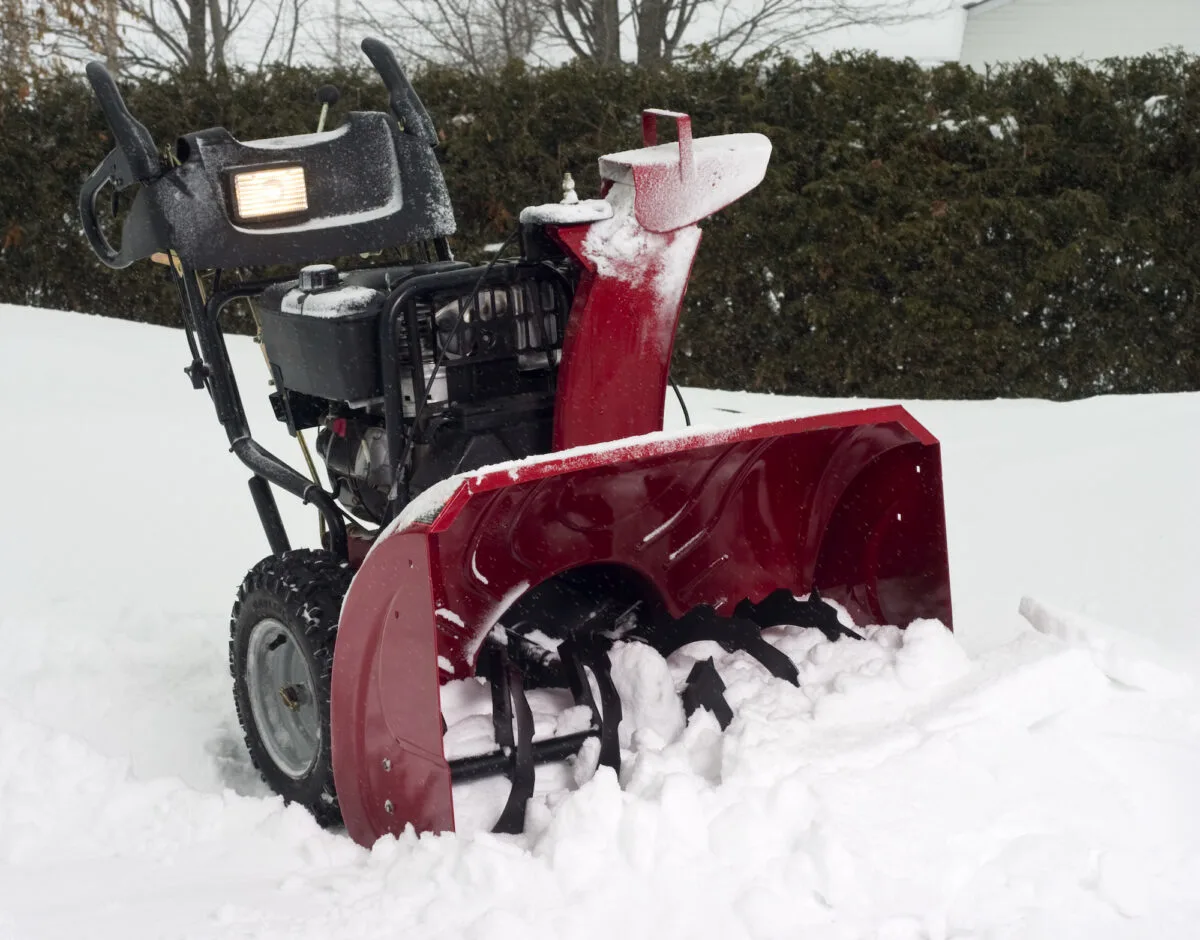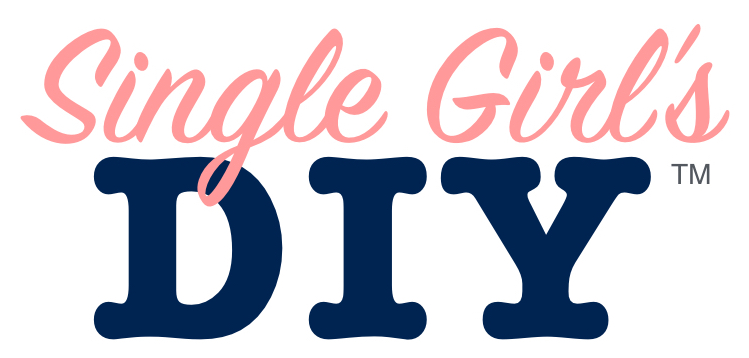There are three different stage of snow blowers available on the market: single-stage (also known as one-stage), two-stage, and three-stage. The difference between a one-stage snowblower, a two-stage snow blower, and a three-stage snow blower is the capacity.
A three-stage snow blower can remove a larger capacity of snow quickly and easily when compared to a two-stage snowblower, and a two-stage snow blower is able to remove a larger capacity of snow quicker and easier than a one-stage snowblower.
Does that mean you should not get a one-stage or two-stage snow blower? Of course not. For many people a three-stage snowblower is overkill for their situation.
If you have decided that a snowblower is worth the money and you usually get the minimum depth of snow required for a snowblower, then I have compiled a brief explanation of each so you can better determine which stage snowblower is right for you.

What Is a One-Stage Snow Blower?
A one-stage snowblower, often referred to as a single-stage snowblower, uses one auger to pick up the snow and discharge it through the shoot. This single auger contacts the surface you are clearing so it should only be used on a paved surface and is not suitable for gravel drives or grass.
For grass or removing snow from gravel, I recommend a two-stage blower instead.
Here are the pros and cons of a single stage snowblower:
Pros
- The most affordable snowblower
- Requires the least amount of maintenance
- Available in both gas and electric (corded and cordless)
Cons
- Can only move a small amount of snow compared to duel and three stage blowers
- Is not suitable for multi-level surfaces such as gravel or grass
A single-stage snow blower is the slowest of all three snowblowers and has a limited capacity. If you have a large area you need to clear or get a lot of snow regularly during the winter, then you will likely be better with a two-stage or three-stage snow blower instead.
On the flip side, this lower capacity means that the machine is more affordable (between $100 and $1,000), lighter (and therefore easier to maneuver) and smaller than a two-stage or three-stage blower. Since the single stage blower does not require as much power as a duel or three-stage snowblower you will find that these are available in both gas and electric.
Personally, I have found that electric powered snow blowers require less maintenance than gas since you do not have to change or dispose of the snowblower oil or clean a snowblower carburetor, for example.
However, the power source can become an issue.
Electric single stage snowblowers are available in two formats: corded and cordless. Both of these have pros and cons.
A corded snowblower can work continuously. However, you are limited by the location of power outlets and the cord length. There is also a danger of tripping over or damaging the cord while you are blowing snow.
I have found firsthand that it can easily be lost in 4 inches or more of snow when you are concentrating on the job.
However, cordless single stage snowblowers run from a rechargeable battery. While there is no risk of tripping over a wire, there is a risk that you could run out of charge (or in my case forget to charge) before blowing all the snow.
To prevent these problems, you can pick up combo deals when purchasing the snowblower or buy additional batteries for $100 – $200.
What Is a Two-Stage Snow Blower?
A two-stage snowblower uses two augers together with an impaler to collect snow which in turn pushes it through a fan attached which pushes the snow through a chute. The capacity and price point of a two-stage snowblower is in line with the machine’s primary audience, homeowners.
Here are some pros and cons of the two-stage snowblower:
Pros
- More affordable than a three stage snowblower
- Requires less maintenance
- Can work on multiple surfaces including gravel
Cons
- Significantly louder than a three-stage snowblower
- Can take longer to clear snow
- Leaves behind a layer of snow
As two-stage snowblowers are more commonly used by homeowners, there are a wider range of models available to purchase. I have found that this competition encourages new features to be added to the latest models and helps to reduce the cost of older models at a faster rate.
Regardless of which type of machine you buy, here are some tips for how to get the best deals on snowblowers.
I have also found that because two-stage snow blowers do not have an accelerator installed (unlike three-stage snowblowers), the auger is slightly angled this makes two-stage snowblowers perfect for uneven surfaces.
This includes gravel driveways as the augers are designed to prevent any gravel from being picked up, chopped up, and pushed out through the shoot along with the snow. This is important as doing so could potentially damage your machine and the surrounding people or items.
Related Post: How to Prevent Clogging a Snowblower
However, because two-stage snow blowers do not have accelerator, it takes longer to blow the snow.
Personally, I have found the difference in time vs cost when compared to a three-stage snowblower to only be beneficial if you are clearing a large area of land.
Another benefit to the accelerator of a three-stage snowblower, in addition to its speed, is how close the machine can get to the ground. Because of the auger, two-stage snowblowers are always required to be a couple of centimeters from the ground surface and therefore leave a small layer of snow even after being cleared.
Therefore three-stage snow blowers are more commonly targeted to commercial property owners and professional snow removal services. The same applies to the maintenance of two-stage and three-stage snowblowers.
Three-stage snowblowers cost more to repair and maintain, meanwhile two-stage snowblowers often include a 4-cycle gas powered engine which costs less to maintain.
However, there are some drawbacks to a two-stage snowblower. My biggest pet-peeve is the noise level. Two-stage snowblowers tend to be significantly louder than three-stage snowblowers. If you live in a residential area and need to clear your property in the early morning hours, then this could be a problem.
What Is a Three Stage Snow Blower?
A three-stage snowblower includes three augers instead of the two which a two-stage snow blower includes. The third auger is an accelerator that significantly improves the rate in which you are able to remove snow.
The main pros and cons of a three-stage snowblower are:
Pros
- One of the most powerful snowblowers on the market
- Can move a large amount of snow quickly and easily
- Can move wet snow which other snowblowers struggle with
Cons
- Very expensive to purchase when compared to a two-stage
- Cost more to maintain and take longer to repair
- Are very large and very heavy so can be difficult to maneuver and store
The major difference between a two-stage snowblower and a three-stage snowblower is the third auger which is the accelerator. This accelerator is used to mix and chop the snow it collects. This is significantly faster than the two augers and an impaler used by two-stage snow blowers and allows you to blow wet snow which is often the most difficult type of snow to move.
The power of the accelerator within a three-stage snowblower gives the machine the ability to throw snow more than 50-foot and clear a larger distance than a two-stage blower.
There are some drawbacks to a three-stage snowblower. The majority of which come down to the machines cost, both initially as well as in maintenance and repairs.
However, I’ve found with a good personal maintenance routine these repairs can be kept at a minimum.
As less three-stage snow blowers are purchased than two-stage snowblowers, you will find manufacturers are slower to upgrade their models or to offer any discounts and sales. With a lack of regular upgrades and with the target market of professional snow removers, you will also find a lack of new features.
Despite usually being more expensive, there are more features on a two-stage snowblower than a three-stage snowblower.
Related Post: Best Brands of Snowblowers
One-Stage vs Two-Stage vs Three-Stage
There is certainly a market for all three different types of snowblower. Whether you should purchase a one-stage, two-stage, or three-stage snowblower will depend on your circumstances. Your budget, the power availability you need and the amount of snow you get each season will determine what style you need.
Here is an easy chart to help you see the differences between one-stage vs. two-stage vs. three-stage snowblowers.
| One-Stage | Two-Stage | Three-Stage | |
| Price | Between $200 and $1,000 (electric is cheaper than gas) | Between $450 and $3,000 | Between $1,000 and $1,500 |
| Power Source | Gas and Electric (corded and cordless) | Gas | Gas |
| Snow Throwing Distance | 5 to 10 feet | 5 to 15 feet | 20 to 40 feet |
| Suitable For Snow Depth | Up to 5 inches (sometimes 10 it depends on the type of snow) | Up to 15 inches | Up to 15 inches |
| Speed | Slow | Medium | Fast |
| Range of Makes & Models | Somewhat limited | 100+ | Very limited |
| Suitable For Multi-surfaces | No | Yes | Yes |
Once you have decided which type of snowblower to use, it is easier to clear your property from snow. Here are some more helpful articles for snow removal this winter:
- Best Heated Hand Grips for Snow Blowers
- Everything to Know About Universal Keys for Snowblowers
- Snowblowers vs. Snow Throwers
- How to Fix a Flat Tire on a Snowblower

